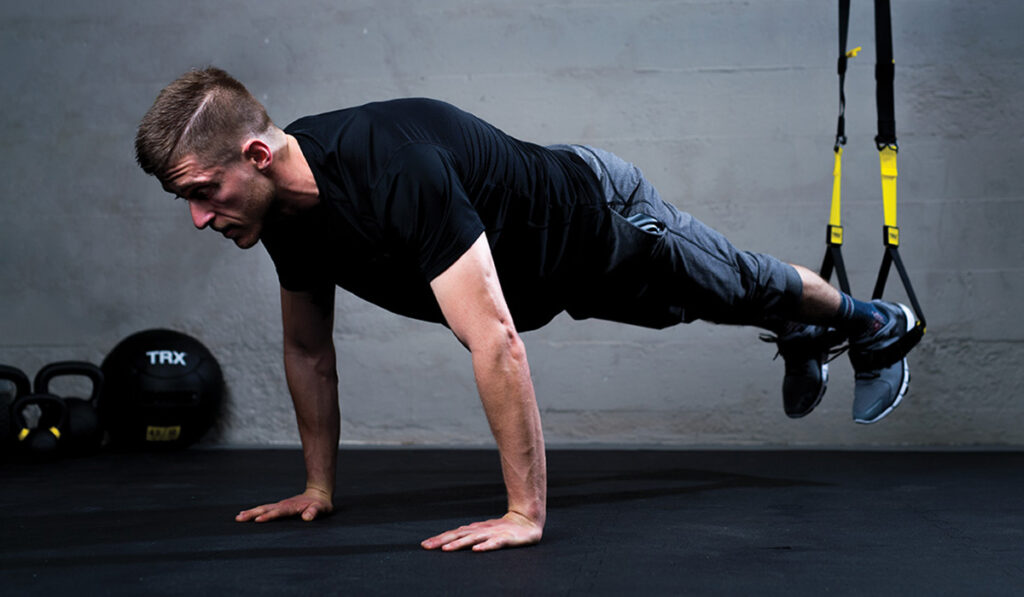Q: I have been bodybuilding now for about 3 years and am developing nicely. My question isn’t about how to make a body part grow, it’s about injury prevention. I understand how to avoid injury to the knees when working legs, and how to avoid injuries to other body parts, but am a little unclear about preventing shoulder injury and wanted to know what to avoid and what to do?
A: Shoulders are one of the most important body part/ joints in which to preserve soundness. They make all upper body exercises possible, just as knees make all lower body work possible, and are about as crucial to a bodybuilder’s success as the knees. I’d even say that blowing out a biceps or triceps muscle would be less serious in the long run than a rotator cuff or super spinaetus injury to the shoulder. And believe me, these injuries are common and nasty! To avoid rotator cuff injuries, try to avoid doing upright rows altogether.
But if you insist on doing them, make sure that you do them with lighter weight and stricter form. Personally, I think that kneeling prevents you from jerking the weight up with a quick lower bounce of the knees or ankles. You also need to use lighter weight when you are in a kneeling position, so this takes care of stressing the shoulders. To avoid super spinaetus injuries – that area in the rear delt area that, if it’s ever injured, will prevent you from competing for a long time – you’ll need to really avoid military barbell presses with a barbell. Do them with dumbbells, but never a barbell. Some get around this by using the Smith machine, with the chair placed back a bit so that you’re doing a slight front raise in a military press format.
This is acceptable to do because the bar is more fluid than a static free weight barbell loaded with weights. It’s also much easier to spot on either side and is self-spotting because you can hook it up on any rung along the way. So, my suggestion for exercises to do for shoulders are a lot of dumbbell work, obviously, as well as a lot of one arm work, such as lateral raises and low cable pulley front raises. I always say to people starting out that they need to be so careful with the joints that count (knees and shoulders) for the first two years, that it pays to do lighter work that reinforces joint strength and health so that in the years when you begin going heavier, it’s not going to be a problem.

